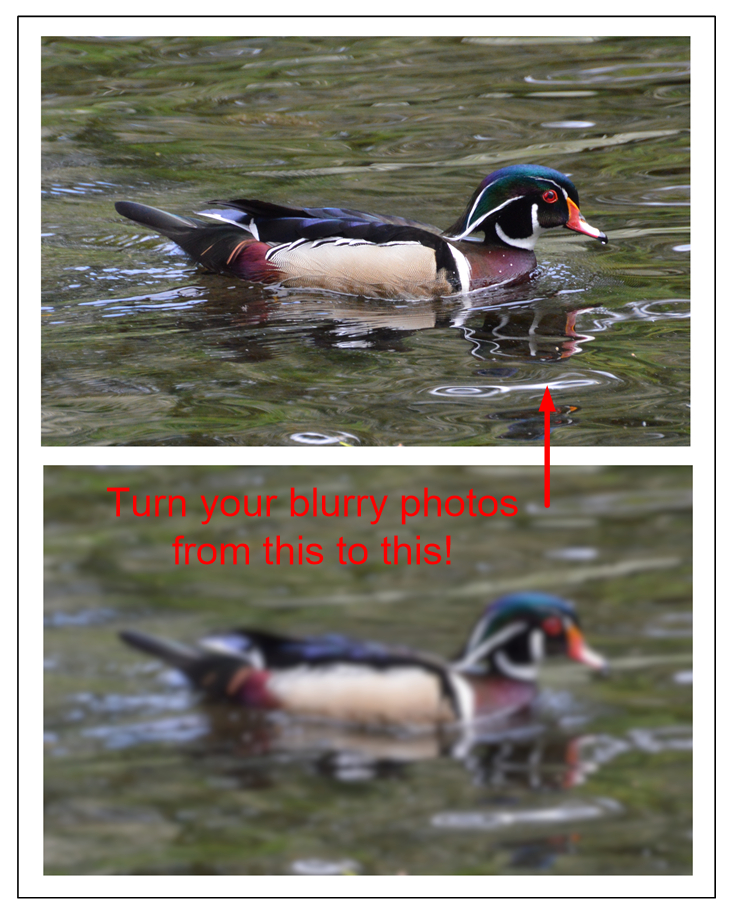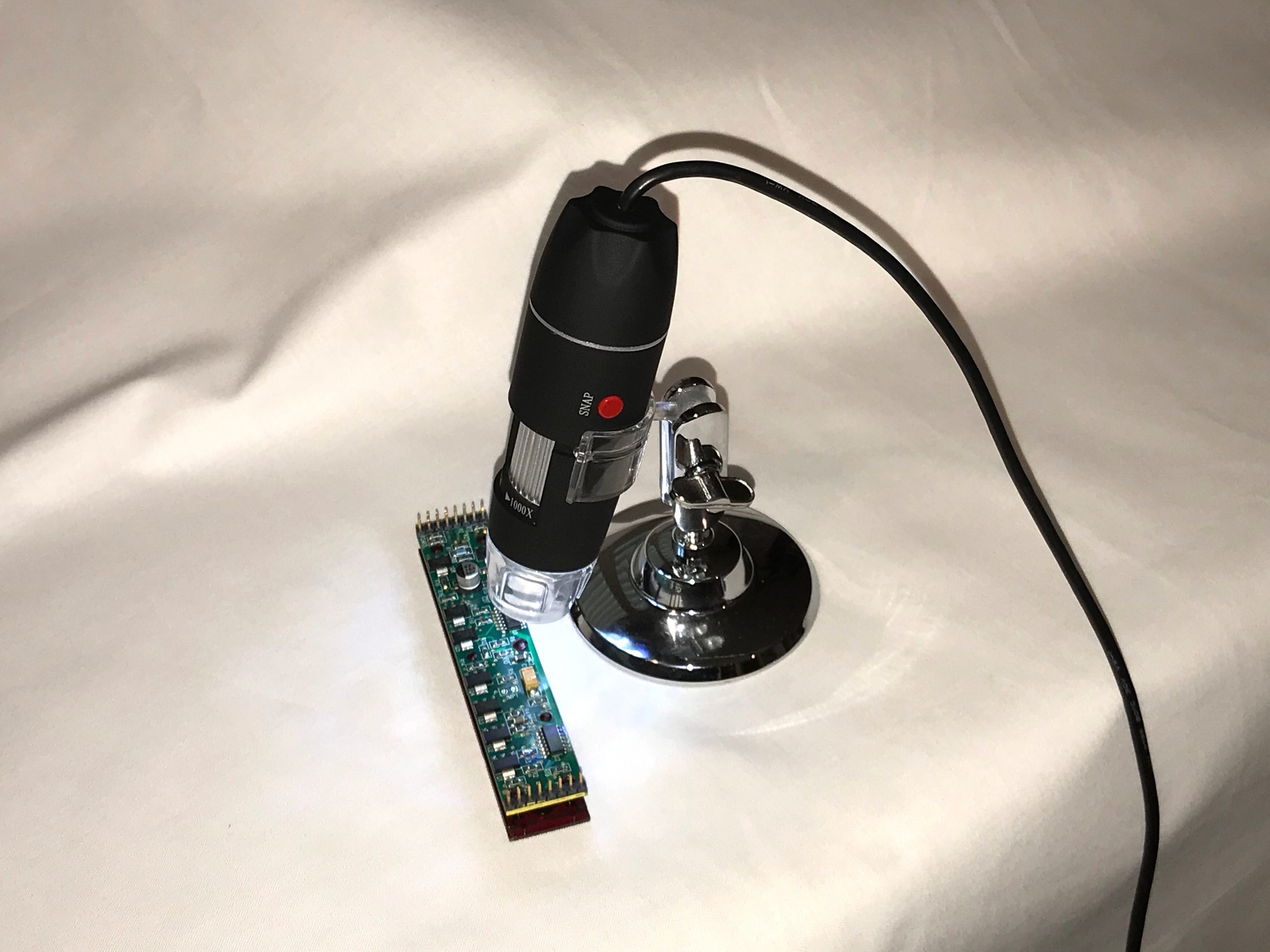Improve Out-of-Focus photos

The internet is flooded with offers to sell you software that makes crisp, sharp, perfectly focused photographs from your blurry and totally out of focused photographs. We did a study of several of these software programs and you can see the results for yourself.

We performed a study on several photographs that ranged from being totally out of focus, to very sharply focused photos to see if we could improve the image even more. We evaluated five different software programs, some that specialize in image focus improvement and others that include this feature as part of other image enhancements and improvements. Some of these programs were free, while others can cost upwards of US$100.00. The programs we evaluated with examples shown above and below:
Top left photo: GIMP
Top right photo: Skylum HDR
Middle left: Original, untouched photo
Middle right: Photoshop
Bottom left: Picasa
Bottom right: Topaz

We evaluated the performance of the image enhancing software with photos that were comprised of many different situations that created an out of focus or blurry effect. Each category and examples with a detailed enlargement are below:
Motion blur:

Original, above and below


GIMP, above and below


Skylum HDR, above and below


Photoshop, above and below


Picasa, above and below


Topaz, above and below

Conclusion: Topaz has the upper hand on this particular photo, and GIMP, the free program, is far behind second. Of course, neither of the images could be used if a large format, crisply focused photo is required. The enlargement shows some odd distortions.
Fine detail blur:

Original, above and below


GIMP, above and below


Skylum HDR, above and below


Photoshop, above and below


Picasa, above and below


Topaz, above and below

Conclusion: Topaz is the clear winner, no pun intended. GIMP comes in second but neither warrants high-resolution reproduction. The other programs made slight improvements to the overall out-of-focus but fell far behind.
Mixed exposure blur:

Original, above and below


GIMP, above and below


Skylum HDR, above and below


Photoshop, above and below


Picasa, above and below


Topaz, above and below

Conclusion: In our opinion, Topaz was the winner, again with GIMP coming in second, however, both of these programs create a large amount of graininess in their output. If the graininess is reduced, the out-of-focus becomes worse. As a note, all of these programs that we tested produced a grainy appearance as part of their process.
Fine detail improvement:

Original, above and below


GIMP, above and below


Skylum HDR, above and below


Photoshop, above and below


Picasa, above and below


Topaz, above and below

Conclusion: This test was to see if a photo that was acceptably clear and focused could be made even more clear and focused. Topaz was the clear winner, but for a free program, GIMP did not fare too bad. Photoshop did not do that bad either.
Focal length blur:

Original, above and below


GIMP, above and below


Skylum HDR, above and below


Photoshop, above and below


Picasa, above and below


Topaz, above and below

Conclusion: This series of tests focused on photos that were taken with a hand-held medium-range telephoto lens (18-270mm), then the photo was enlarged which caused some degree of focal length blur. Topaz gave the best results while the others were far behind. The biggest disappointment was Photoshop.
Telephoto blur:

Original, above and below


GIMP, above and below


Skylum HDR, above and below


Photoshop, above and below


Picasa, above and below


Topaz, above and below

Conclusion: This experiment attempted to improve the sharpness of a photo that had blur from a hand-held lens at a significant distance using low ISO (200) and medium shutter speed (1/400 at f 8). Just comparing the enlargement from each software, Topaz is the best for improved stability and clarity.
Total blur:

Original, above and below


GIMP, above and below


Topaz, above and below

Conclusion: It seems that many people purchase software that will make extremely out of focus photos become sharp and crystal clear. None of the software that we tested had this ability. We did not bother to show examples of the output from Skylum HDR, Photoshop, or Picasa because they were simply too abstract and were no improvement over the original photo which was horribly out of focus. Topaz gave the best results which were really not all that good despite bringing out some details.
Low light blur:

Original, above and below


GIMP, above and below


Skylum HDR, above and below


Photoshop, above and below


Picasa, above and below


Topaz, above and below

Conclusion: Photos taken in low light with low ISO, shutter speed, and aperture were tested to determine if fine details and sharpness could be achieved from dull photos with poor contrast. Topaz outperformed all of the others that typically had poor sharpness and were very grainy. For simple “snapshots” of relatively small size, the others may be acceptable to the user, however, they are of poor quality that enlargements would only magnify the poor focus and high grain. Although the light was low, it was somewhat evenly balanced which seems to help Topaz software.
Camera shake blur:

Original, above and below


GIMP, above and below


Skylum HDR, above and below


Photoshop, above and below


Picasa, above and below


Topaz, above and below

Conclusion: As a photographer when you are out in the field you cannot always use a tripod or monopod. And there are certain situations where you really need a long lens of 600mm or more to capture subjects, like this Philippine Collared Kingfisher who is notorious for being wary of people with cameras! In order to capture them, one must typically use a long lens and handhold the camera which if in mottled sunlight will create some distortion due to camera shake. Topaz did an admirable task. All-in-all, the other software that we tested didn’t really turn the blurry photo into the crystal clarity photo that would be worthy of publication.
Phone camera enlargement blur:

Above, original

Above, GIMP

Above, Skylum HDR

Above, Photoshop

Above, Picasa

Above, Topaz
Conclusion: Images that were enlarged from older phone cameras really have no known method to salvage their typically poorly focused output. The high number of visible pixels cannot be eliminated in order to get a quality resolution and high-quality image.
Small megapixel blur:

Above, original

Above, GIMP

Above, Skylum HDR

Above, Photoshop

Above, Picasa

Above, Topaz
Conclusion: We tested images that were taken back in the days when digital photography was just starting out and the poor resolution from low megapixels that was common in those days. Images produced with cameras that had 10 megapixels or less simply cannot be enlarged nor can they ever be manipulated with the software that we tested in order to bring out higher clarity and sharper focus.
Printed photo blur:

Original, above and below


GIMP, above and below


Skylum HDR, above and below


Photoshop, above and below


Picasa, above and below


Topaz, above and below

Conclusion: Images taken with analog cameras then printed on photographic paper prior to the age of digital cameras were tested. First we scanned the printed image using a medium resolution of 300mp. Then subjected this baseline image to the various software programs. We conclude that Topaz had the best output for improving the clarity of the photo, however, it really did not make a huge improvement to the overall clarity of this image from the 1980s.

Above, an image that started out as shot taken at some distance, then magnified and cropped. It started out very blurry, below, but was significantly improved with the Topaz software that we tested.

The evaluation of these various images and the software that we used to test the results of image clarity improvements suggest that there really is no better way to improve an image’s sharp and crisp focus than to ensure that the image quality is sharp and crisp, to begin with. Proper ISO, aperture, and shutter speed are among several settings that must be used in conjunction with the lighting of the subject, depth of focus, motion, and of course, the desired effect. Proper metering and the use of a tripod or similar device is also useful.
The software that we tested ranged from those with substantial costs to those that were free as part of bundled packages. In no case did we do any other manipulation of the images to change their exposure, contrast, hue, saturation, white or black balance. These were simply images that were shot as-is with the exception of magnification and cropping to show the details of the image.

Above, the details of this hawk were brought out by using Topaz AI.
All photographs are the copyright of Jim Jackson Photography. Please contact me with any questions, comments, or for authorization to use photos or for signed, high-resolution prints.
If you found this article useful, please like, share, and follow.
